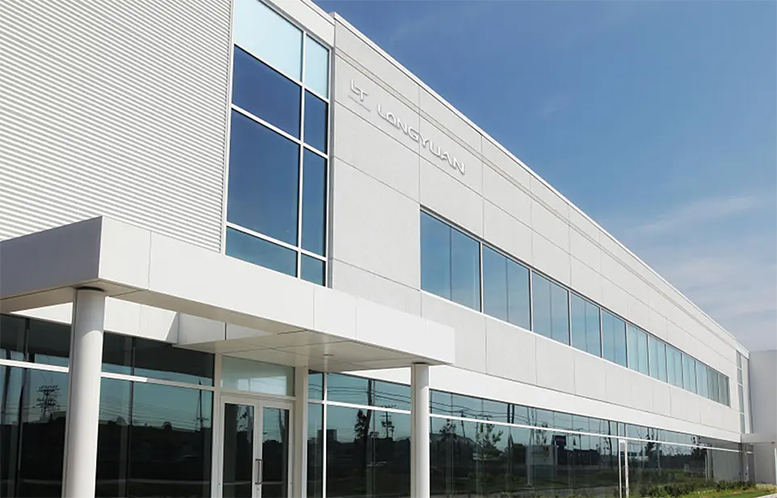
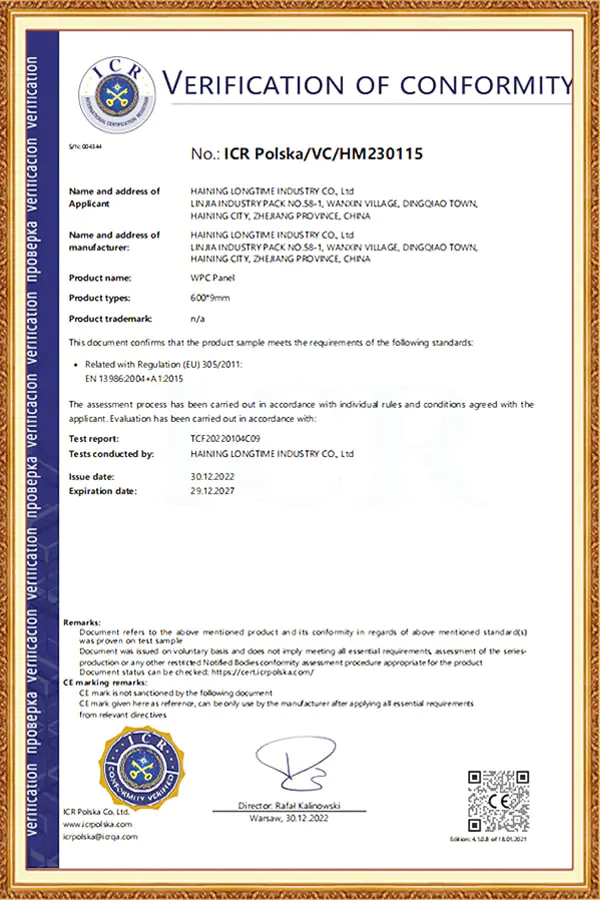
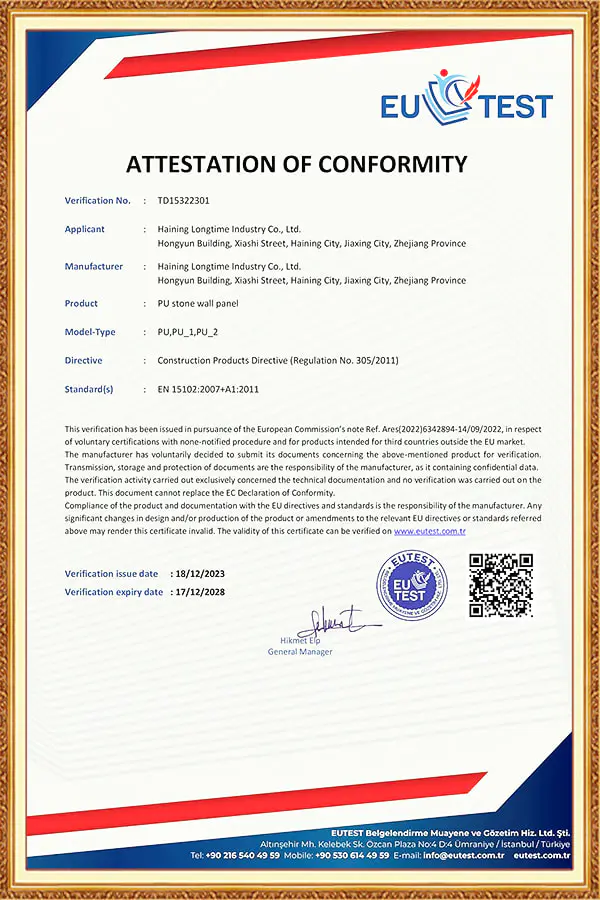
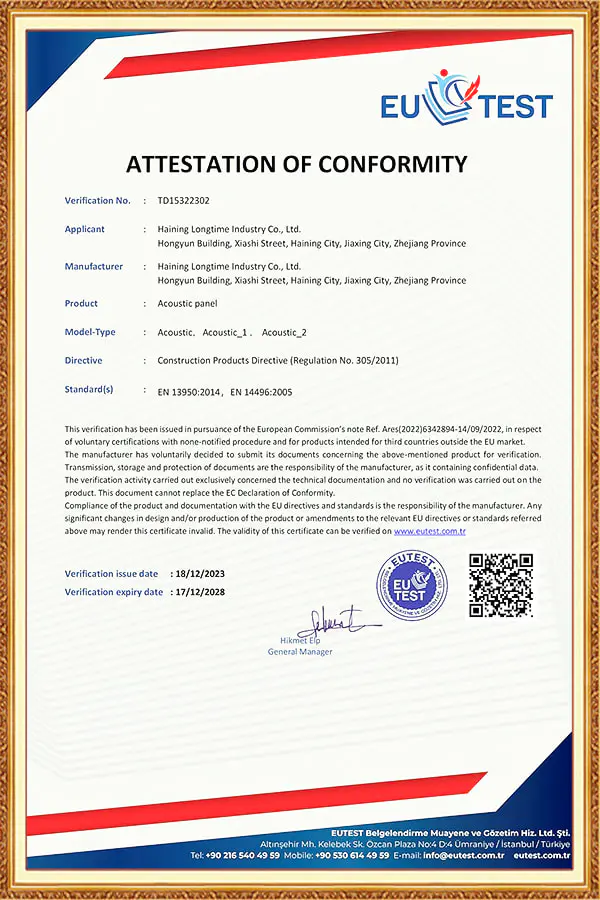
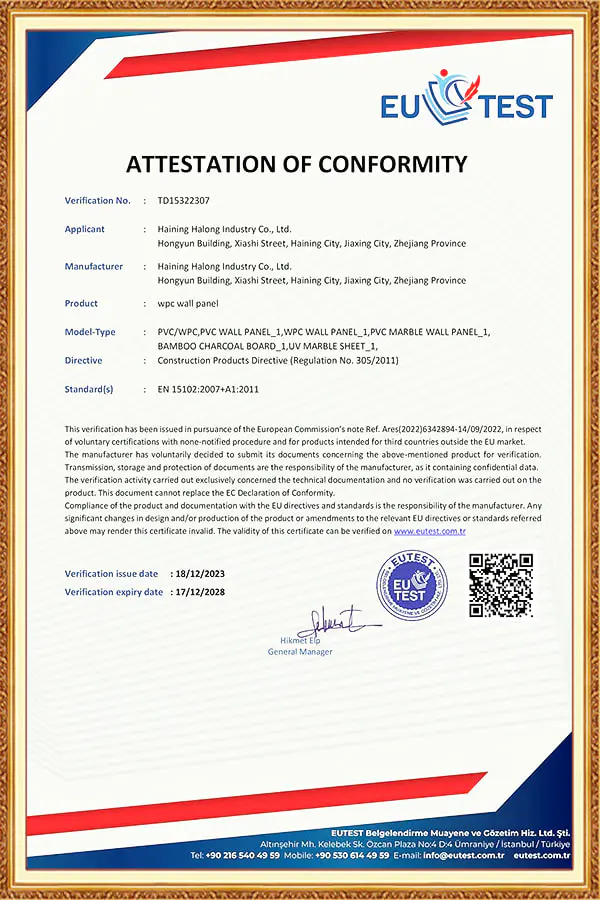
The transformative power of 3d wood wall panels is undeniable. These architectural elements add depth, texture, and warmth to any space, moving beyond mere decoration to become a fundamental aspect of interior design. For contractors, architects, and property developers, a critical question arises b...
View MoreThe allure of marble has long been associated with grandeur and elegance, but its weight, cost, and inflexibility have historically limited its application. The advent of the pvc uv marble sheet has revolutionized interior design, offering the classic beauty of stone with modern practicality. These ...
View MoreThe evolution of building materials is a continuous process driven by the pursuit of improved aesthetics, functionality, and efficiency. In the realm of exterior and interior cladding, one product category has steadily gained significant traction for its ability to merge the timeless appeal of natur...
View MoreFluted or ribbed wall panels have become a popular choice in modern interior design, offering a blend of aesthetic appeal and functional benefits. These panels feature vertical or horizontal grooves that create a textured, three-dimensional effect, enhancing the visual depth of any space. Whether used in residential or commercial settings, fluted panels add sophistication and elegance to walls, ceilings, and even furniture.
Fluted wall panels are characterized by their linear grooves, which can be uniform or varied in depth and spacing. These panels are also referred to as ribbed, grooved, or textured wall panel designs, depending on their pattern. Common applications include:
The manufacturing process varies depending on the material—whether PVC, MDF, wood, or composite boards—but the core techniques remain similar.
Different materials offer unique textures, durability, and installation benefits. Below are the most common types:
PVC (Polyvinyl Chloride) is a lightweight, moisture-resistant material widely used in interior wall cladding fluted panels. The production process involves:
Advantages of PVC Fluted Panels:
As a professional PVC fluted wall panel manufacturer, Haining Longtime Industry Co., Ltd ensures high precision in groove consistency, offering wholesale fluted wall panels in bulk for global markets.
Medium-Density Fiberboard (MDF) is a cost-effective material for decorative groove wall panel sheets. The manufacturing steps include:
Advantages of MDF Fluted Panels:
Natural wood panels (such as oak, walnut, or teak) are milled using:
Advantages of Wood Fluted Panels:
Wood-Plastic Composite (WPC) and Stone-Plastic Composite (SPC) panels combine durability with aesthetics. These are produced through:
Advantages of WPC/SPC Panels:
Fluted panels are versatile and used in various settings:
Residential Spaces:
Commercial Spaces:
Architectural Projects:
Decorative films are versatile materials used in interior design, furniture manufacturing, automotive wrapping, and architectural applications. These films come in various patterns, textures, and finishes, including wood grain decorative film, marble decorative film, 3D decorative film, and metallic decorative film. To achieve these designs, manufacturers use different printing methods, each offering unique advantages in durability, resolution, and cost-effectiveness.
Gravure printing, also known as rotogravure, involves engraving images onto a cylinder. The recessed cells hold ink, which is transferred onto the film substrate under high pressure.
Digital printing uses inkjet or laser technology to apply designs directly onto the film without plates or cylinders. This method allows for high customization.
Flexo printing uses flexible relief plates to transfer ink onto the film. It is commonly used for large-scale production due to its speed and efficiency.
Screen printing involves pushing ink through a mesh stencil onto the film. Each color requires a separate screen.
Offset printing transfers ink from a plate to a rubber blanket before applying it to the film. It is mainly used for paper-based films but can be adapted for PVC.
This method uses heat to transfer dye or resin-based ink from a ribbon onto the film.